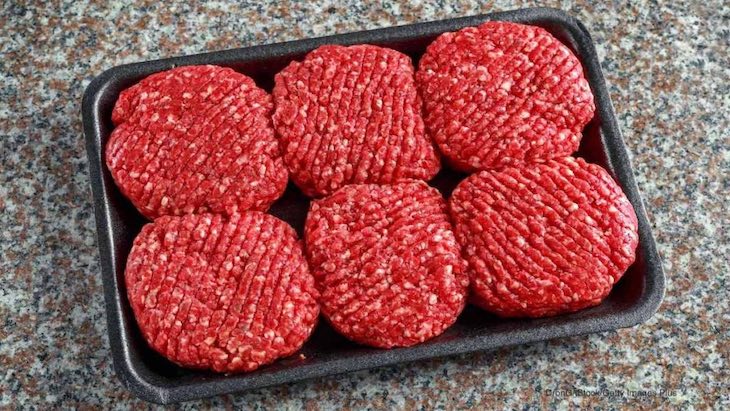In our new series helping beginning cooks learn how to prepare food safety, we have been focusing on foods that may be inherently risky; that is, foods that are commonly contaminated with pathogens. This is what you need to know about ground beef food safety.

For years, food safety experts have been telling consumers to stop cooking ground beef less than well done, or 160°F as measured with a food thermometer. There. have been many Salmonella and E. coli outbreaks over the years linked to raw and undercooked ground beef.
Consumer Reports issued a report in 2015 about the risks of rare ground beef. They found that up to 28% of Americans eat rare and raw ground beef. Between 2002 and 2012, there were 80 E. coli outbreaks linked to ground beef that killed five people. Since then, there have been dozens of outbreaks linked to ground beef, including the Salmonella outbreak in 2019 caused by JBS Tolleson ground beef that sickened more than 400 people.
No one should get sick with food poisoning at any time, but now, during the coronavirus pandemic, it’s more important than ever that you stay healthy.
Ground beef is inherently risky because of the biology of cows. Cows carry pathogenic E. coli bacteria in their intestines, but don’t get sick. When the cow is slaughtered, the intestines can burst, spraying the carcass with feces and bacteria.
Then, when the beef is ground, the pathogens are mixed throughout the product. When the ground beef is not thoroughly cooked, enough bacteria remain to make you seriously ill.
Start your journey at the store. Pick up ground beef packages using the plastic bags grocery stores provide. Keep it separate from other foods in your shopping cart. And get it home quickly and put it right into the fridge or freezer.
So when you work with ground beef, treat it as if it is contaminated. First of all, keep it refrigerated at 40°F or below. Use raw ground beef within 2 days, or freeze it. Keep it away from foods that will be eaten raw, even in the refrigerator. Never store raw ground beef above other foods in the fridge.
Clean utensils and surfaces that come into contact with raw beef juices with soap and water. Wash your hands thoroughly after handling the ground beef. And always cook ground beef and recipes made with ground beef to 160°F, as measured with a reliable and accurate food thermometer.
And remember that even ground beef that you grind yourself, or that is processed in a small shop, can be contaminated with pathogens. You can’t see, smell, or taste pathogenic bacteria.




